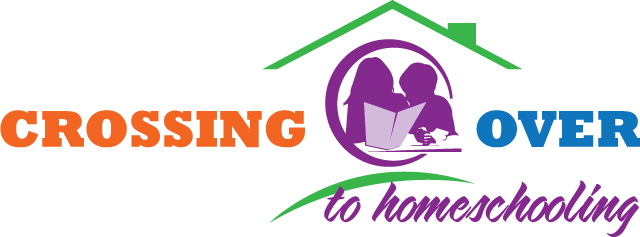What is the best homeschooling method?
Let us be clear – There is only one "right way" to homeschool a child!!!! And that “right way” is whatever method (or combination of methods) works for your child.
Families come to homeschooling with a lot of fear, fear of the unknown …. How does this work? Am I capable of educating my child? Will I ruin my child’s future? Am I doing this "right"? All these fears are valid because as a parent, you only want what is best for your child. So you want to do it "right". The reality is "right" is a very individual thing. What method or style works for one child may not work well for another.
Your most important job as a homeschool parent is to help your child find what "right" works for them.
One last thing to keep in mind... Don't be surprised if the method that was perfect last year turns out to be not so perfect this year. As children grow so does their ability to process information in new and different ways. It may be beneficial for you to review the different homeschooling methods on a regular basis.
While not exhaustive, below you will find the typical homeschool methods used along with a brief description of what these methods entail.
Charlotte Mason Method
Charlotte Mason developed a three-pronged educational approach is centered around atmosphere, discipline, and life teaching. This approach advocates reading good books from original sources and spending lots of time in nature.
Classical Education
Classical education is based on a three-part process of training your mind. The grammar stage (the memorization stage, grades 1-4), Logic Stage (The “why” Dialectic stage, grades 5-8), and Rhetoric Stage, grades 9-12 (Students learn to apply the knowledge gained in the previous two stages). Many families prefer a liberal arts education for their children, including lessons in Greek and Latin, as well as formal instruction in logic.
Internet/Virtual Based Learning
Utilizing the Internet provides access to tutors, online curriculums, virtual schools, and other quality websites. Families may choose between free resources, a fully accredited online program or something in between.
Eclectic Homeschooling
An eclectic approach to homeschooling is where the family takes bits and pieces of various different methods to form their own unique homeschooling environment . They like to pick and choose among various methods and materials to create a more flexible approach .
Enki Education Method
The fundamental premise if this methods is the central task of both parenting and education, whether in the home, the classroom, or the homeschool, is the integration of body, heart, and mind within each child and parent, that works with a Developmental Immersion/ Mastery approach to curriculum.
Montessori Homeschooling
Maria Montessori advocates observing your child, removing obstacles to learning and providing children with real, scaled - to - size tools to use. This method is based on the idea that learning should be a natural, self - directed process . It is also commonly referred to as child - led learning .
School - at - home
This homeschooling style looks very much like a public or private school classroom. It is typically very structured and relies heavily on textbooks. School-at-home families may have a dedicated classroom (though many other styles do, as well since it helps to keep the clutter contained), student desks, a whiteboard, and a school-like schedule. There will usually be regular tests and graded work.
Traditional Method
Using curriculum that is similar to what is used in public school along with it’s more traditional grading system . This is commonly referred to as bringing traditional school into your home
Thomas Jefferson Education
Jefferson hypothesized that literacy and self-government work hand in hand and was a key component to self-preservation. The TJED approach revolves around the 7 keys of great teaching. Using Classics, Not Textbooks. Mentors, Not Professors. Inspire, Not Require. Structure Time, Not Content. Simplicity, Not Complexity. Quality, Not Conformity. You, Not Them
Tutoring
Hiring a tutor makes a family (and the tutor) fall under the tutoring laws of a state’s education code, rather than under homeschooling laws, especially if they intend to hire a tutor full time.
Unit Studies
Unit studies use your child's interest and then ties that interest into subject areas like math, reading, spelling, science, art, and history. Unit studies can be hands-on as well as literature based, and can be narrowly focused to one topic or more generalized to cover a broader over view of a subject.
Unschooling
Unschooling is another child-led type of approach to homeschooling. It is also commonly referred to as “natural Learning”, “experience-based learning”, or “independent learning.” Unschooling homes typically let their current interests dictate what they choose to study, and how deeply they delve into these interests, while also incorporating traditional subjects as they go.
Waldorf Method
Developed by Rudolf Steiner, this method emphasizes the importance of educating the whole child—body, mind, and spirit. There is an emphasis on using arts and crafts, music and movement in the younger years. Older children are taught to develop self-awareness and how to reason things out for themselves. Children in a Waldorf homeschool do not use standard textbooks; instead, the children create their own books.
